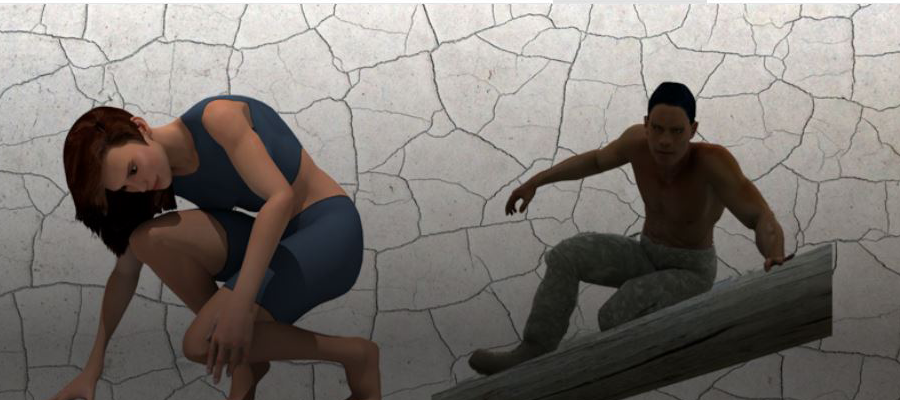Abstract
Manual material handling such as lifting and overhead work is a major risk for developing musculoskeletal disorders (MSDs). Occupational exoskeletons were developed to decrease mechanical load and, subsequently, risk of injury in target body areas. In this study, the effectiveness of arm-supporting exoskeletons (ArmExos) was examined for overhead tasks. The hypothesis was that wearing ArmExo would reduce risk of shoulder MSD in overhead tasks by reducing shoulder joint load and muscle activity. Since use of ArmExos in industries such as car and airplane manufacturing almost always involves power hand tools, the effect of tool vibration was also examined. In this study, two ArmExos were tested with one using straps and the other using a vest to secure it to the body. An electromagnetic shaker hanging from the roof was used to produce random vibration specified in the ISO 10819. To simulate overhead tasks, the subjects were asked to flex both the shoulder and the elbow joints 90 degrees and hold the shaker handle with the right hand. Live feedback was shown on a computer monitor for the subjects to maintain grip force at 35 N and push force at 50 N. Activity of the shoulder girdle muscles and upper arm muscles was obtained using surface electromyography. The tests were also done without wearing the ArmExos. Further, the tests were done in the front-of-body posture with only the elbow flexed 90 degrees. Since the supporting mechanism of the ArmExos produced minimal torque when the shoulder was in a neutral posture, the front-body-body tests served as sham control. The results demonstrated that vibration significantly increased the peak grip force and push force, indicating a higher mechanical load to the shoulder. Wearing ArmExos led to lower muscle activities. There was also a significant increase in agonist muscle activities in the overhead posture when compared to the front-of-body posture, although a higher muscle activity does not indicate a higher muscle force due to the muscle length-tension relationship. Further, antagonist muscle activities tended to increase with vibration. Overall, shoulder joint load analysis using advanced musculoskeletal models are necessary to demonstrate the effectiveness of ArmExos.
Keywords: exoskeleton, overhead work, shoulder joint, muscle activity, joint load
How to Cite:
Ziarati, P. & Xia, T. & Kudernatsch, S. & Peterson, D., (2022) “Experimental assessment of effectiveness of arm-supporting exoskeleton for overhead work”, Proceedings of the 7th International Digital Human Modeling Symposium 7(1): 24, 10 pages. doi: https://doi.org/10.17077/dhm.31770
Rights: Copyright © 2022 the author(s)
Downloads:
Download PDF
View
PDF

